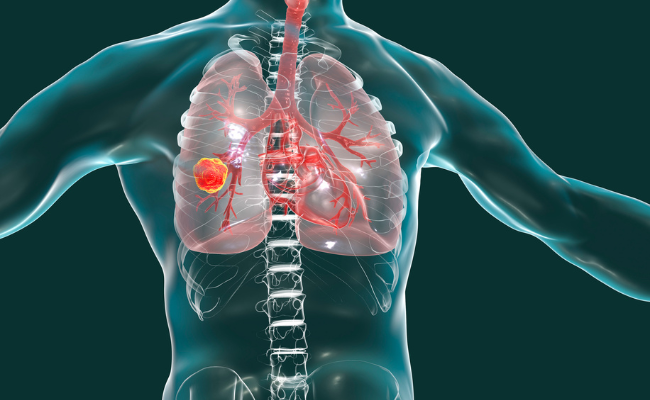How to Treat Pneumocystis Pneumonia?
- January 18, 2024
- No Comments
What is Pneumocystis pneumonia?
Pneumocystis pneumonia (PCP), a severe lung infection caused by the fungus Pneumocystis jirovecii, primarily targets individuals with compromised immune systems, such as those with HIV/AIDS, organ transplant recipients, or individuals undergoing cancer treatment. The opportunistic nature of the fungus takes advantage of weakened immunity, leading to potentially life-threatening respiratory distress. Common symptoms include shortness of breath, fever, dry cough, fatigue, chest pain, and weight loss.
Diagnosis involves thorough medical evaluations, including imaging studies and laboratory tests. Treatment encompasses a multifaceted approach, with the antifungal medication trimethoprim-sulfamethoxazole (TMP-SMX) playing a central role. Supportive therapies address respiratory distress, while immune system enhancement strategies, including antiretroviral therapy for HIV/AIDS patients, aim to restore overall immune function. Prophylactic use of TMP-SMX is employed in high-risk populations to prevent PCP. As understanding and treatment modalities progress, optimizing interventions becomes essential for improving outcomes in individuals grappling with Pneumocystis pneumonia.
Why is PCP a Concern?
Understanding why PCP is a concern is crucial for devising effective treatment strategies. The fungus causing PCP is widespread, and many people carry it in their lungs without experiencing symptoms.However, when the immune system is compromised, Pneumocystis jirovecii can proliferate, leading to PCP. The condition can be life-threatening, especially in individuals with suppressed immune function, making early and appropriate treatment essential.
How Does PCP Manifest?
Recognizing the symptoms of PCP is vital for prompt diagnosis and treatment. Common symptoms include progressive shortness of breath, fever, dry cough, and fatigue. In severe cases, individuals may also experience chest pain and weight loss. Given the nonspecific nature of these symptoms, a healthcare professional may perform various tests, including imaging studies and laboratory tests, to confirm a diagnosis of PCP.
Treatment Solution For pcp:
- Mechanism of Action: Trimethoprim inhibits the production of tetrahydrofolic acid, a key component for DNA synthesis in the fungus. Sulfamethoxazole, on the other hand, blocks the synthesis of dihydrofolic acid, disrupting the same pathway. Together, they create a potent antifungal effect, arresting the growth of Pneumocystis jirovecii at different stages of its life cycle.
- Dosage and Administration: TMP-SMX can be administered orally or intravenously, offering flexibility in tailoring treatment to individual patient needs. The choice between the two routes often depends on the severity of the infection, the patient's ability to take oral medications, and the need for rapid therapeutic intervention.
- Duration of Treatment: The duration of TMP-SMX treatment varies depending on the severity of the PCP infection and the individual's response to therapy. Generally, a course of treatment may extend for several weeks, and healthcare providers carefully monitor patients to ensure the resolution of symptoms and the prevention of relapse.
- Oxygen Therapy: Many individuals with PCP experience significant respiratory distress due to the inflammation and damage caused by the fungal infection. Oxygen therapy is commonly employed to ensure that patients receive adequate oxygen
Benefits of Trimethoprim-Sulfamethoxazole (TMP-SMX) for PCP
- Antifungal Efficacy: TMP-SMX has demonstrated high efficacy against Pneumocystis jirovecii, making it the preferred choice for treating PCP. The combination of trimethoprim and sulfamethoxazole acts synergistically to target various stages of the fungal life cycle.
- Broad Spectrum: In addition to its effectiveness against Pneumocystis jirovecii, TMP-SMX also exhibits activity against other common bacterial infections, making it a versatile choice in treating opportunistic infections in immunocompromised individuals.
- Oral and Intravenous Administration: TMP-SMX is available in both oral and intravenous formulations, providing flexibility in treatment administration. This adaptability is crucial in tailoring treatment to the patient's specific needs, considering factors such as severity of illness and the ability to take oral medications.
- Prophylactic Use: Beyond its role in treating active PCP, TMP-SMX is also employed prophylactically in individuals at high risk of developing PCP. This preventive approach helps minimize the risk of infection, particularly in those with compromised immune systems, such as HIV/AIDS patients.











Comments (0)
No comments yet